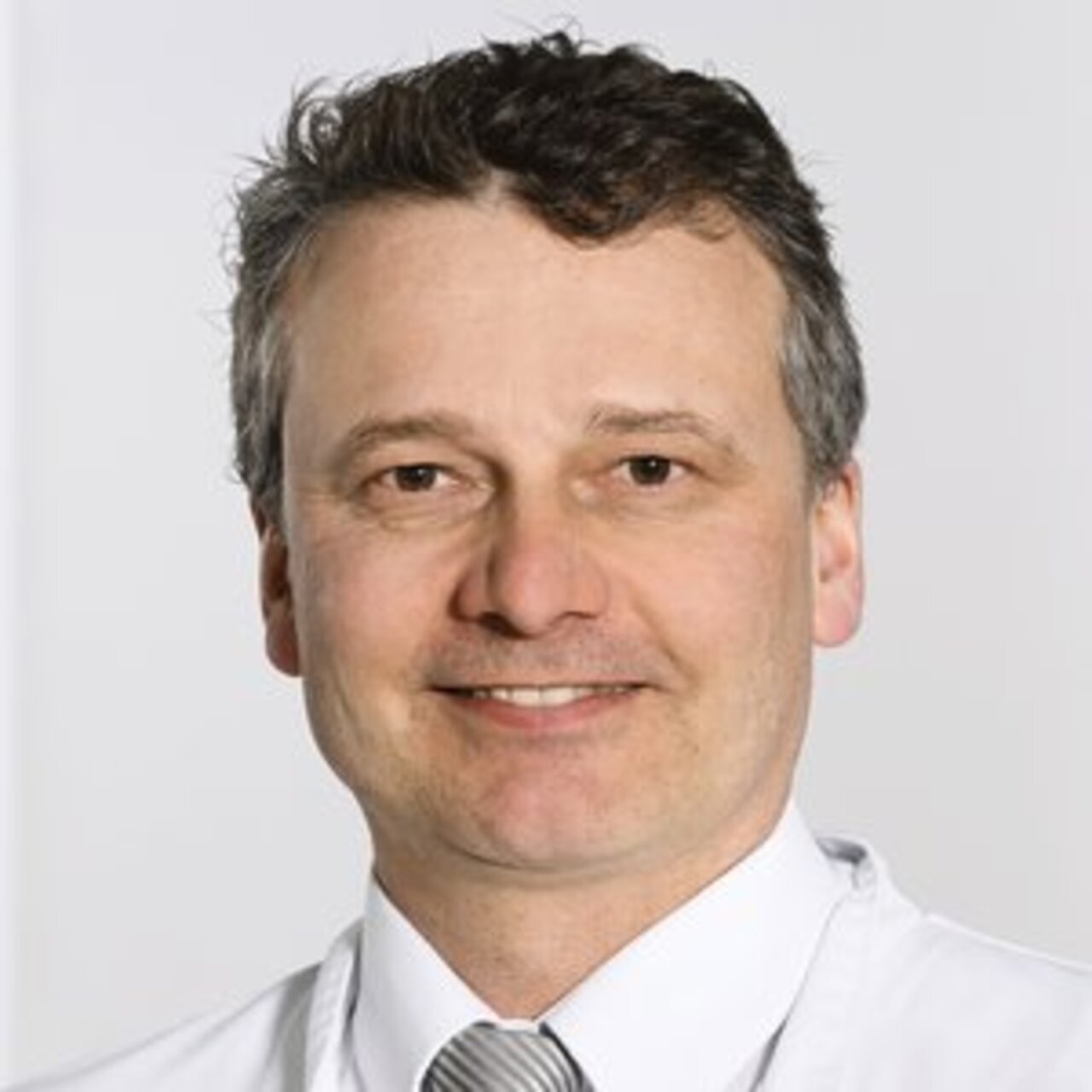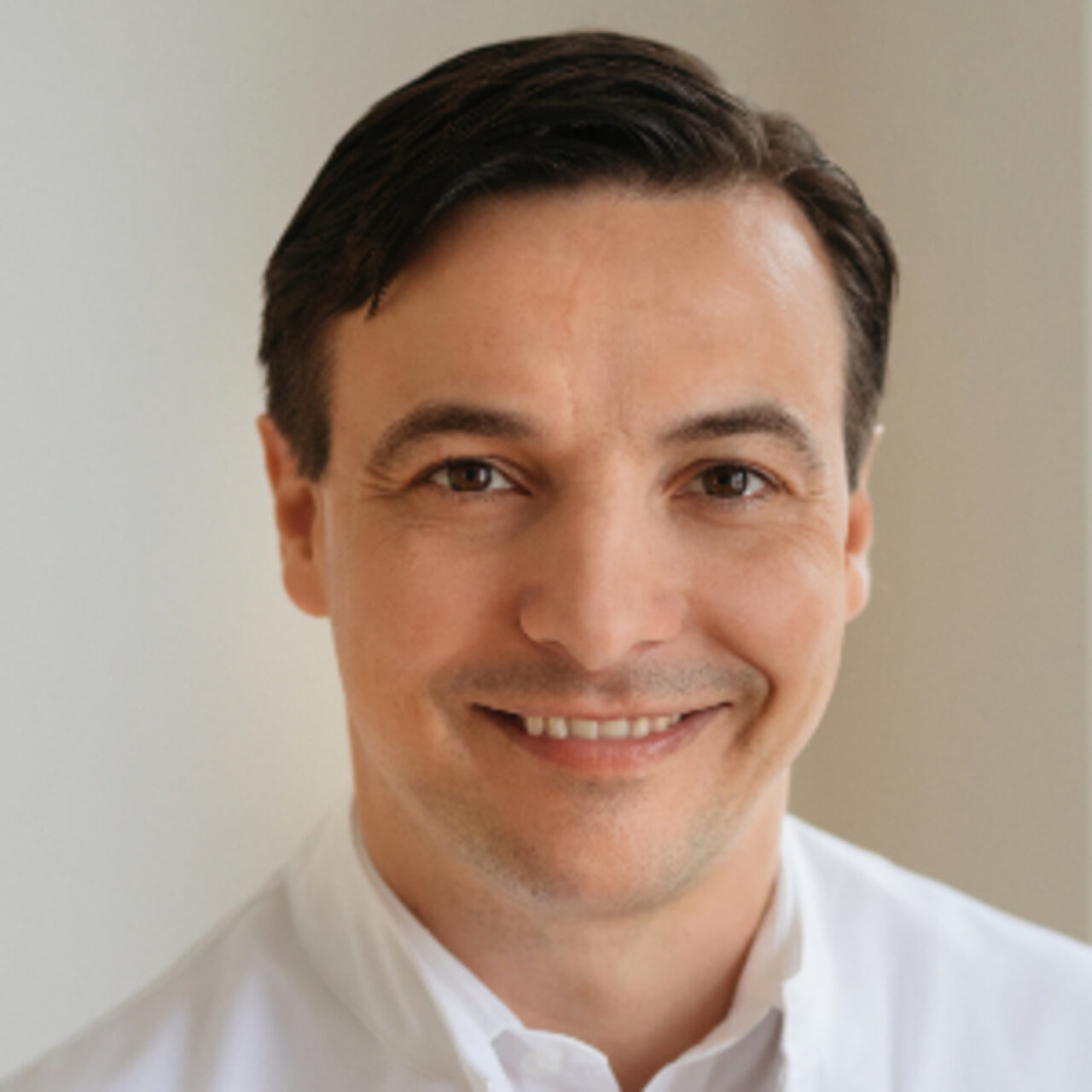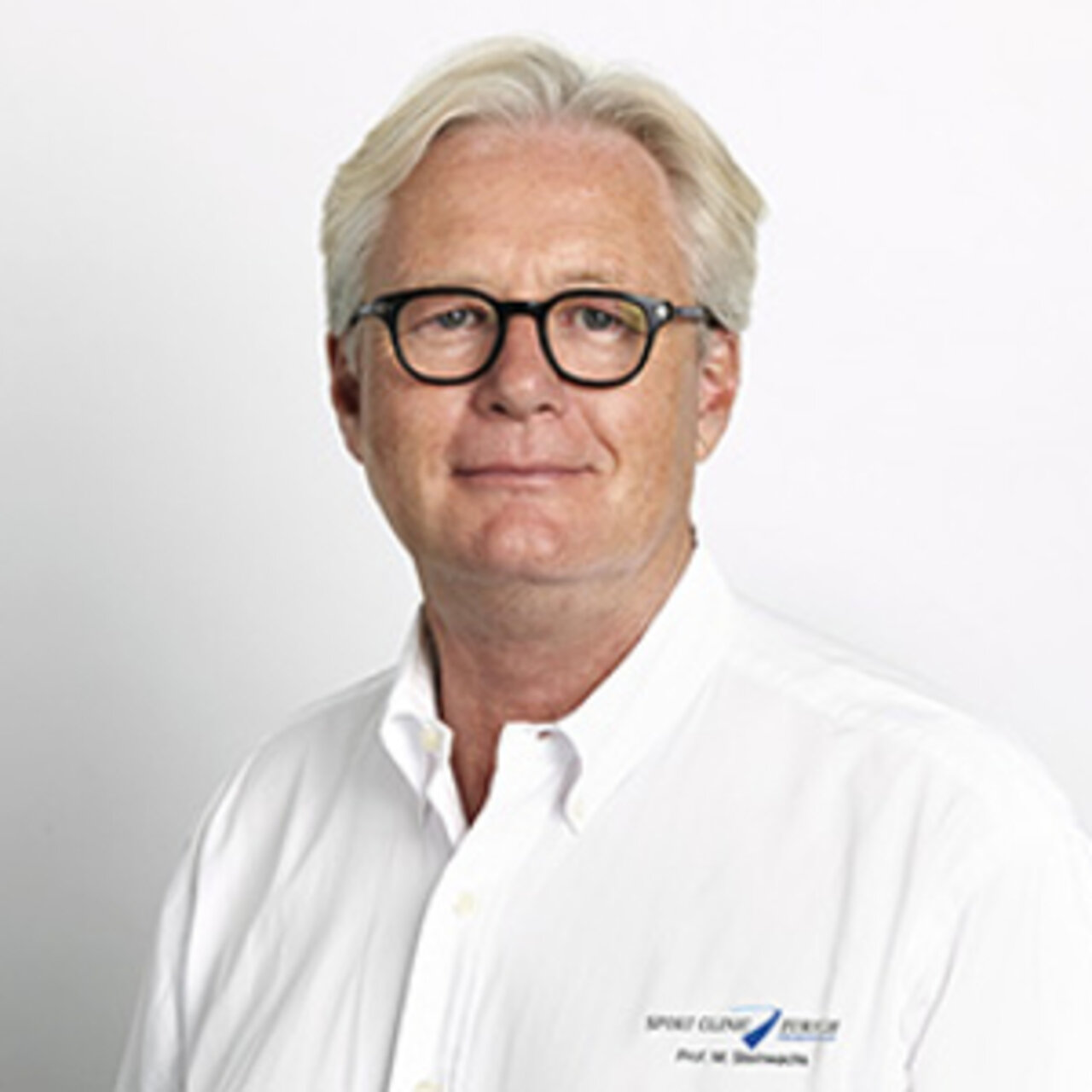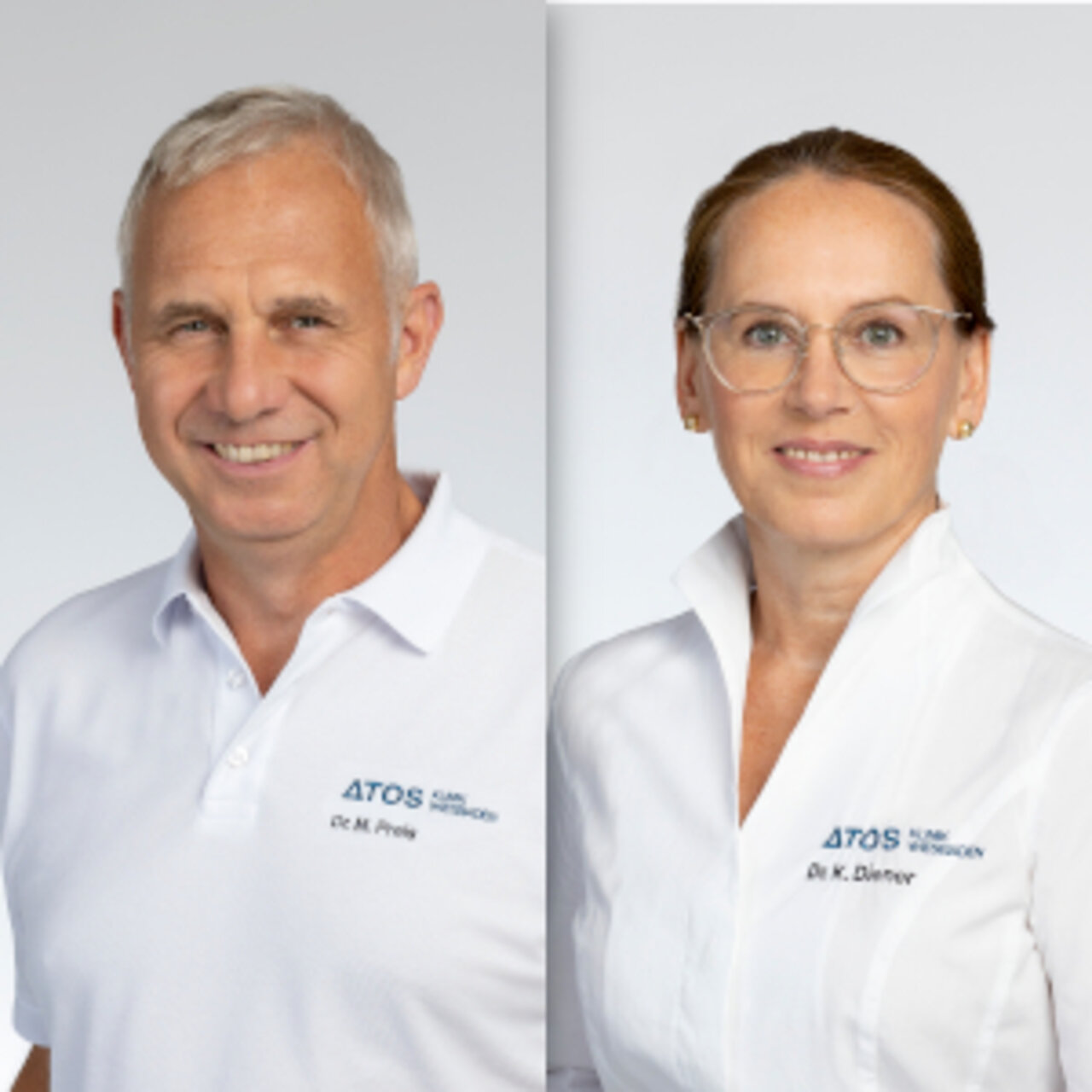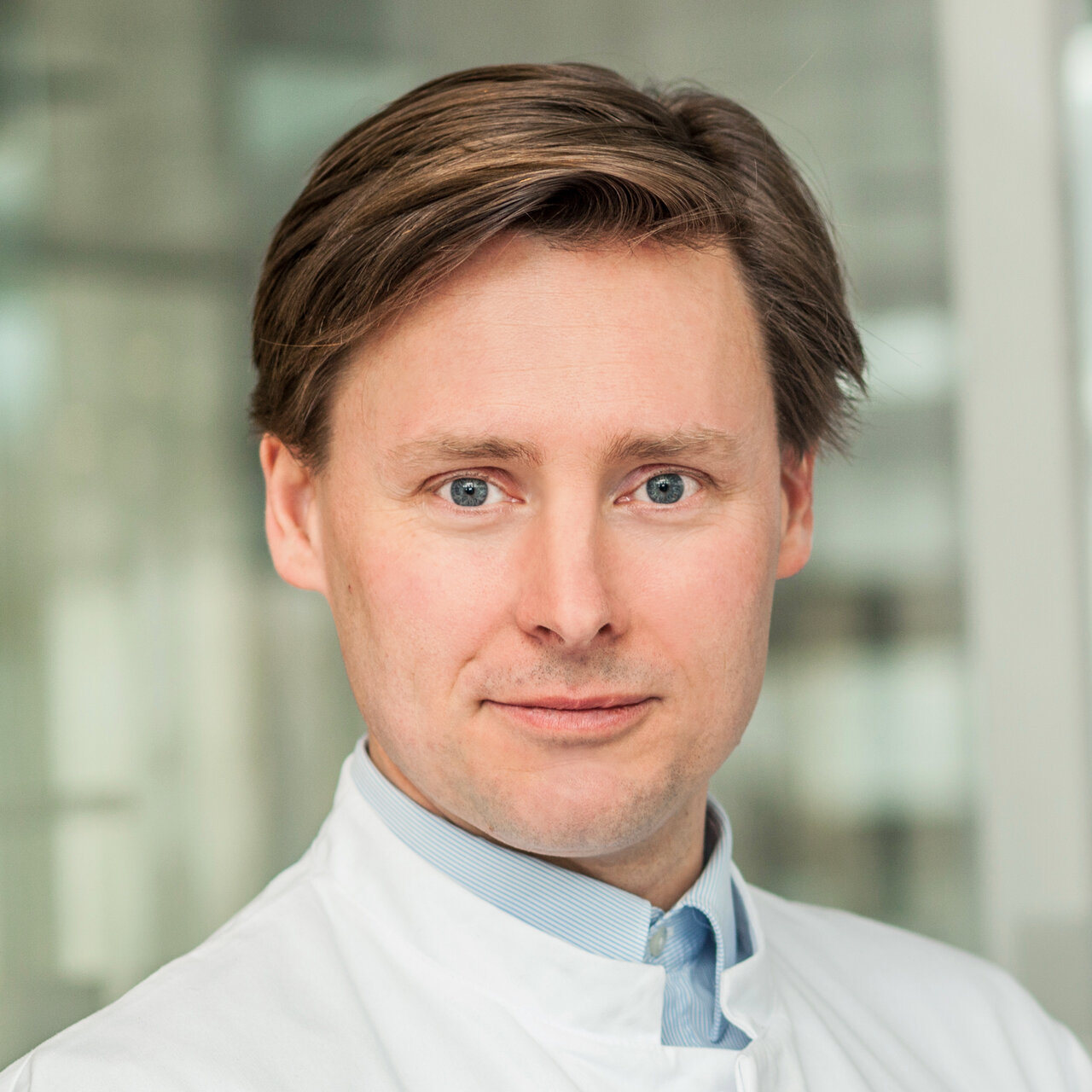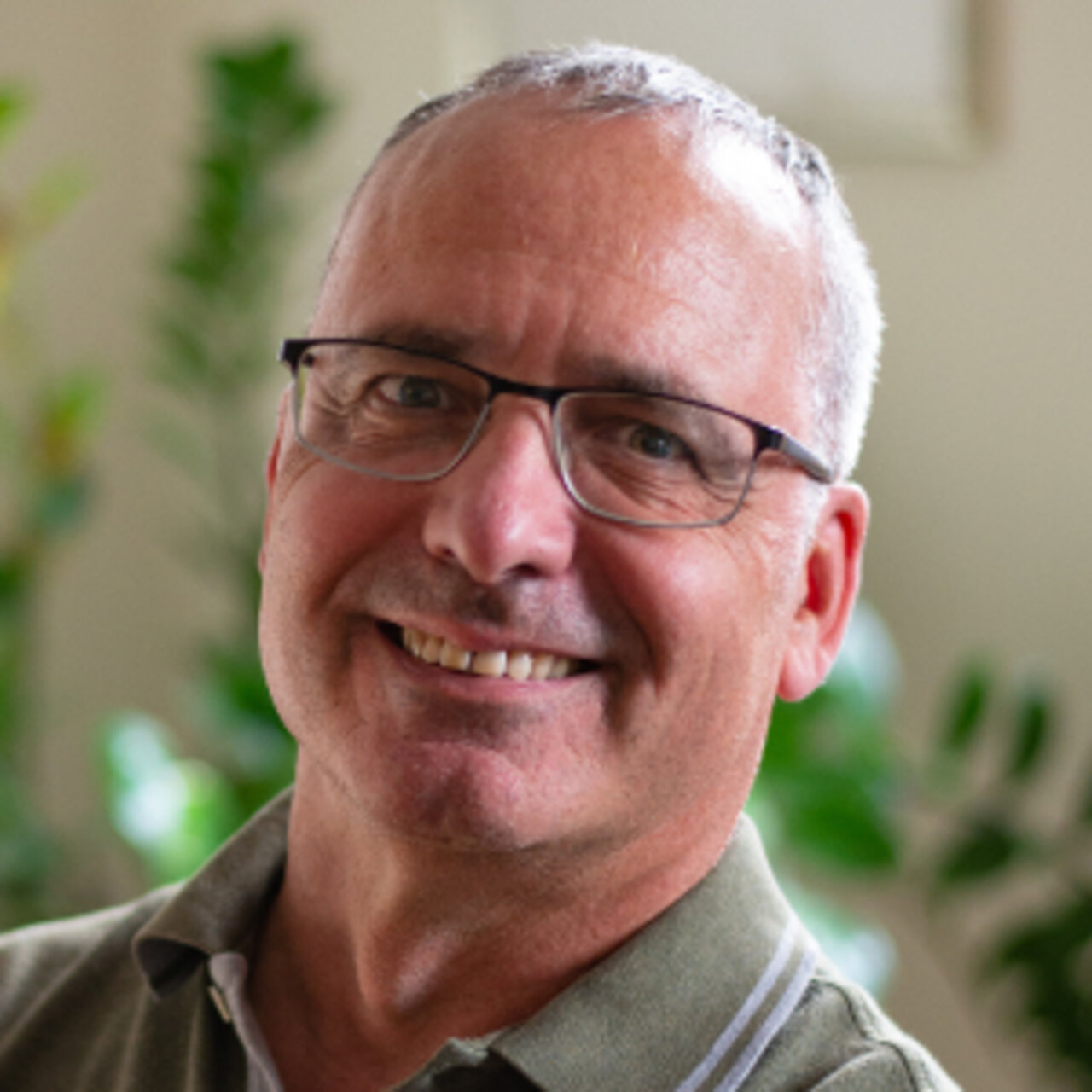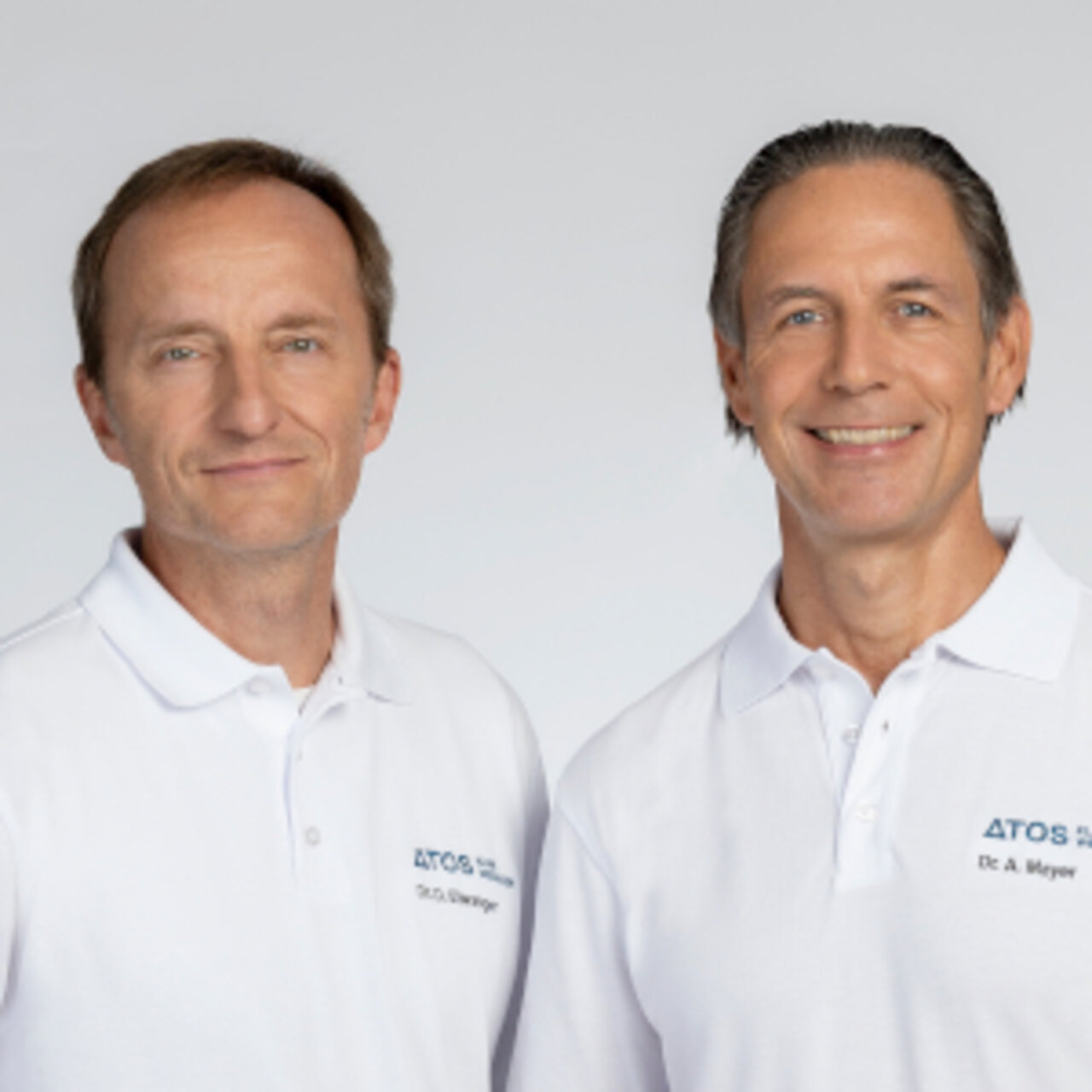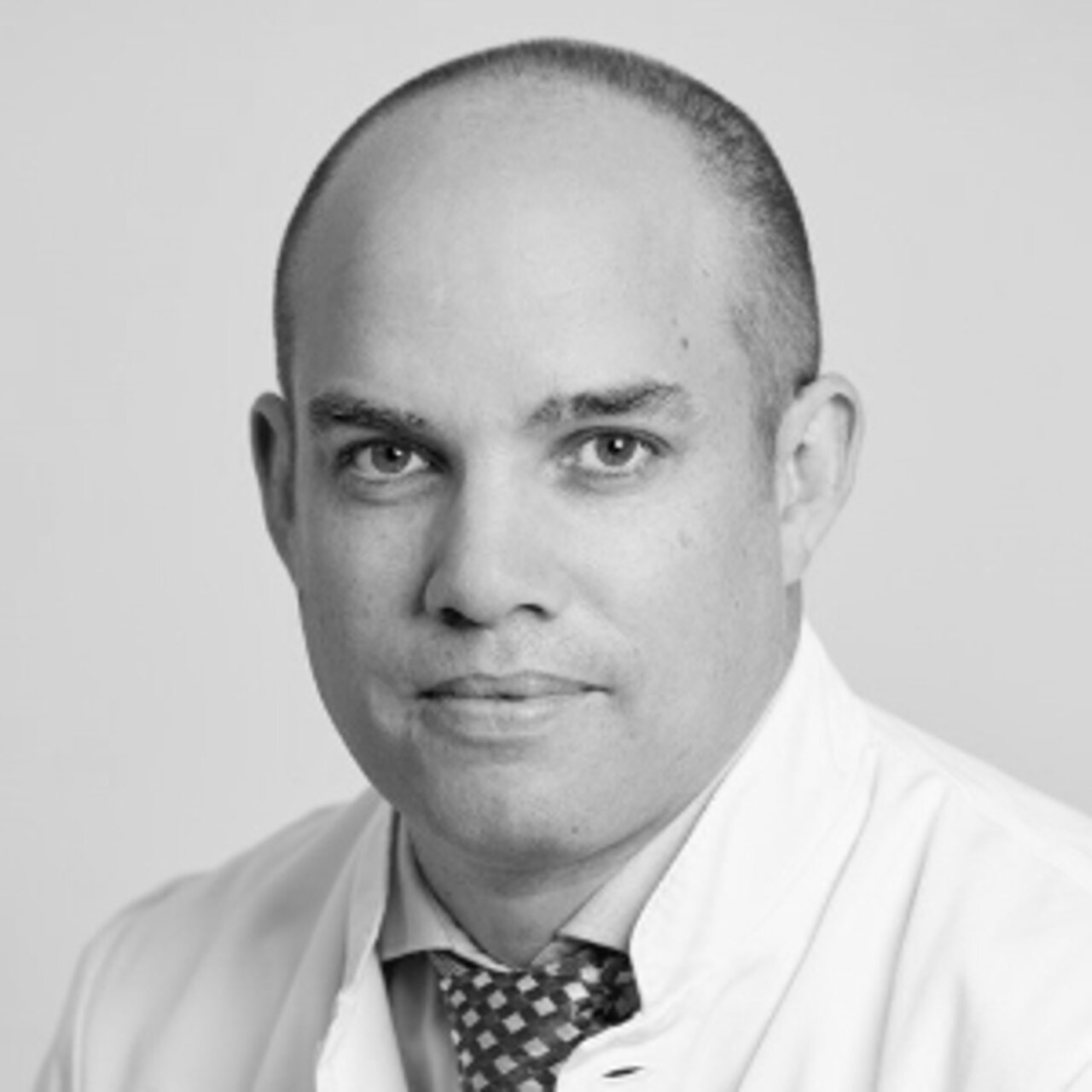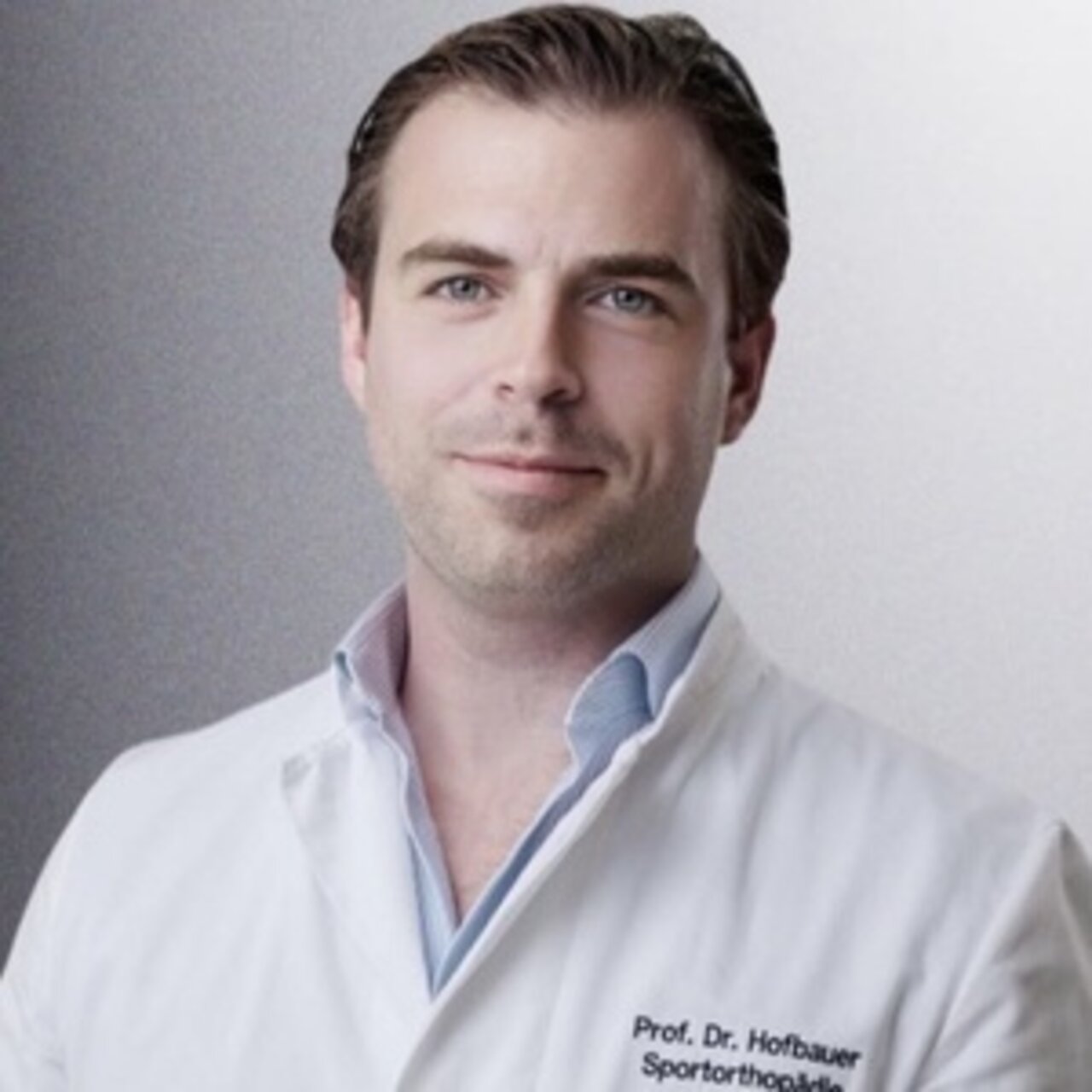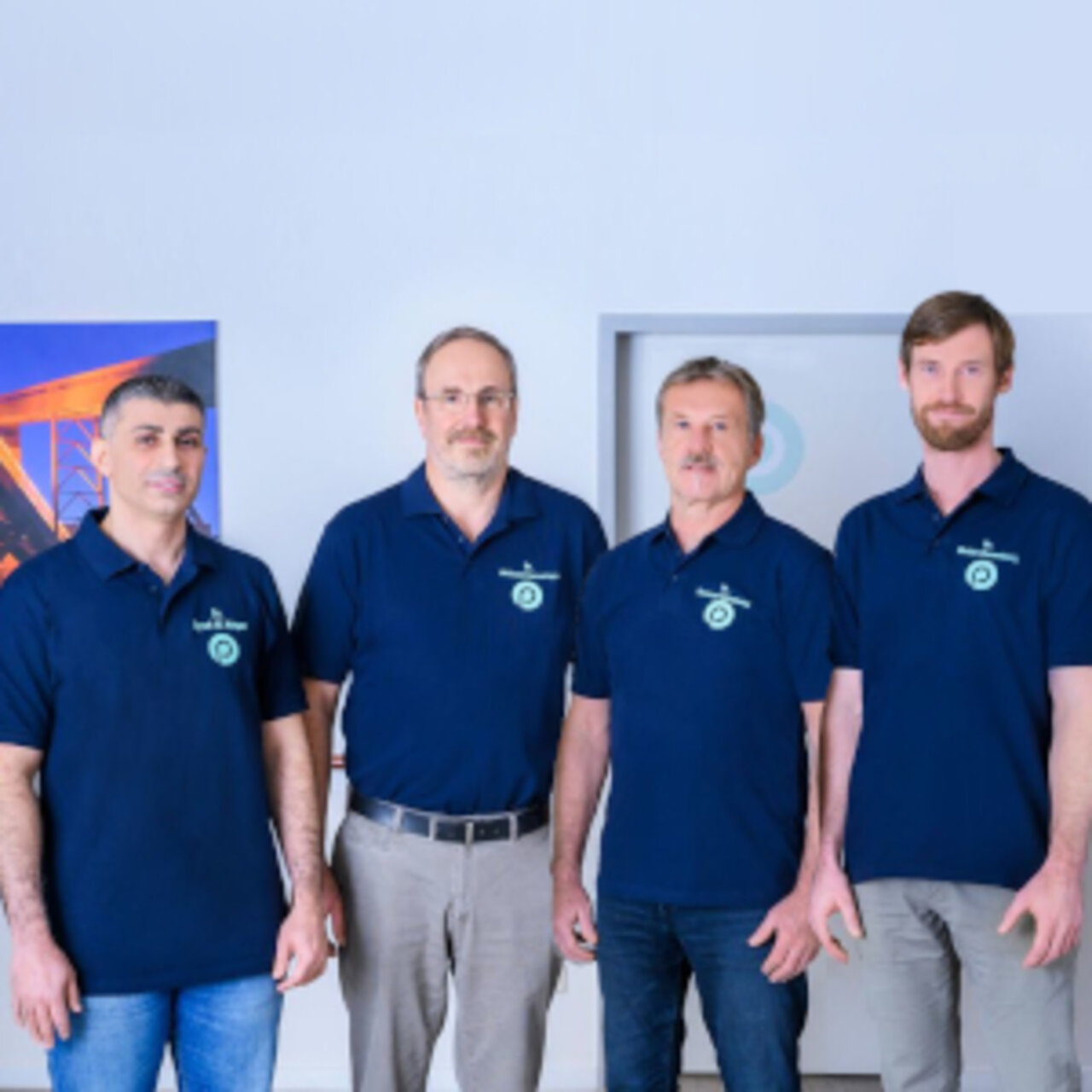Specialists in Cartilage Reconstruction
19 Specialists found
Information About the Field of Cartilage Reconstruction
What Is Cartilage?
Cartilage tissue is a specialized type of connective tissue that performs different functions in different human body parts. It consists of a nutrient-rich primary substance (also called cartilage matrix) and cartilage cells (chondrocytes) embedded in it, whose primary function, in turn, is the production of the cartilage matrix. The cartilage matrix consists of resistant molecules that provide mechanical load-bearing capacity, nutrient supply to the cartilage cells, and water storage. In addition to collagen fibers, this also includes elastin, proteoglycans, and hyaluronic acid. Although it consists of a comparatively thin layer, cartilage tissue is particularly resistant and can withstand high compressive and tear loads. As a result, it ensures smooth movement and even pressures distribution in numerous joints, thus protecting our joints from wear and tear. This ability can be explained biomechanically by the composition of cartilage, and the cartilage matrix, in particular, plays a central role.
On the one hand, proteoglycans, collagen fibers, and hyaluronic acid assemble into stable bundles that withstand large loads. On the other hand, hyaluronic acid attracts large amounts of water, which causes the bundles to contract at rest, comparable to a spring. When pressure is applied, water is displaced, and the bundles are compressed. When the pressure is released, the water flows back in and returns the bundles to their tense form.
What Causes Cartilage Damage?
Unlike most tissues in the body, articular cartilage does not have blood vessels running through it and is therefore not supplied with blood. Nutrient uptake and oxygen supply and the removal of metabolic products take place directly via the synovial fluid located in the joint. These nutrients, which are essential for the survival of chondrocytes, migrate directly into the tissue. This process is called diffusion, and even the lower cartilage layers are adequately supplied because of their delicate nature. Cartilage can be damaged in various ways. Any procedures in and around the joint that lead to a reduced supply of chondrocytes consequently affect the integrity of the cartilage. These include joint inflammations or infections and metabolic diseases or injuries. The most common cause is an age-related undersupply of nutrients to the cartilage tissue, which over time leads to the death of the cartilage cells and a functional decrease in the cartilage matrix. This process becomes clinically noticeable as osteoarthritis.
Similarly, sports injuries or accidents can lead to irreversible cartilage damage. Other risk factors for cartilage damage are obesity and joint deformities.
Very large one-time pressure loads on the joint surfaces can be sufficient to cause damage to the cartilage. Often, however, the damage only becomes noticeable after a certain period and remains undetected at first.
Can Cartilage Regenerate?
The unique elastic cartilage tissue from the ear and nose, laryngeal cartilage, and parts of the ribs and trachea has a cartilaginous membrane in which regenerable cartilage cells are located. These cells are called chondroblasts, and chondrocytes arise from them. As a result, this type of cartilage can regenerate and rebuild itself, for example, after an injury. Hyaline cartilage, which covers the joint surfaces, and the fibrocartilage of the menisci and intervertebral discs lack this cartilaginous membrane and thus the important regenerative layer. Injuries of this type of cartilage in the musculoskeletal system have much more far-reaching consequences since once injured, hyaline or the patient's body cannot regenerate fibrocartilage.
Cartilage Reconstruction: Which Procedures Are Available and How Promising are They?
As mentioned at the beginning, damaged cartilage of the musculoskeletal system cannot regenerate by itself and, unlike after muscle injuries, it is not sufficient to simply rest.
Nevertheless, modern medicine can support the rebuilding process or even replace damaged cartilage. Conservative and surgical procedures are used to help patients regain good physical resilience. Options for cartilage regeneration are discussed below.
Nutrition and Dietary Supplements
In many cases, the first step is to strive for a healthier lifestyle, especially in the diet. A healthy diet can reduce weight, which plays a central role in developing the disease and should be eliminated as a risk factor. In addition, a balanced diet has a positive influence on metabolism. Although it cannot cure osteoarthritis, it can slow down the course of the disease and alleviate symptoms of osteoarthritis. In particular, alcohol and smoking should be avoided, and patients with cartilage damage should also reduce their meat consumption and avoid animal products such as sausages. A diet rich in vegetables and fruit with sufficient legumes and fish for the necessary unsaturated fatty acids is recommended. In addition, dietary supplements can be taken in a targeted manner. These include, in particular essential oils, vitamin preparations such as vitamins C, E, or K, and trace elements such as zinc and iron. Studies on specific products such as chondroitin or glucosamine are inconclusive, and other preparations may have unintended side effects or interfere with other medications. Therefore, patients should discuss using all of those products with their treating physician.
Physical Therapy and Sports
Exercise and sports activities are essential for healthy joints. Although existing osteoarthritis cannot be cured by physiotherapy, the progress of the disease is slowed down. Targeted muscle strengthening can relieve and stabilize the joint. Likewise, stiffened joints can be mobilized, and a pain-relieving effect can be achieved. The correct physical load and special exercises are initially learned as part of a physiotherapeutic treatment and can be independently practiced by the patient at home. In particular, sports that apply little stress on the joints are well suited, including cycling and swimming, for example.
Surgical Procedures for Cartilage Reconstruction
Surgeries for building up cartilage are indicated in those cases in which conservative therapy has not led to any significant improvement in symptoms or performance. In addition, other factors such as age, weight, and individual risk factors may determine the decision for or against such surgery.
There are a variety of surgical techniques for cartilage reconstruction that are used based on the extent of cartilage damage and other patient-dependent aspects.
In minimally invasive cartilage smoothing, cartilage damage is merely ablated and smoothed using the keyhole principle. Although this can improve symptoms in selected cases, it does not result in actual cartilage restoration. For this reason, this surgical procedure is usually only used in selected patients, such as when other joint areas are damaged by displaced cartilage.
In so-called micro fracturing, a minimally invasive technique is used to make small holes in the bone beneath the damaged cartilage, which leads to the immigration of stem cells from the patient's bone marrow to the desired site. This results in the formation of a cartilage replacement layer, which does not have the same biomechanical function as the healthy cartilage but brings a significant improvement in joint function. However, this surgical technique is only suitable for comparatively minor cartilage damage, and larger lesions require other measures such as cartilage cell transplantation. Such surgery is ideal for minor cartilage damage, for example, after a sports accident, and less for large-scale joint arthroses. Especially younger and middle-aged patients who do a lot of sports and are physically healthy can be helped with cartilage cell transplantation. In an initial surgery, cartilage bone cylinders are punched out at a healthy site in the joint, which must withstand relatively little stress. This surgery can be minimally invasive. The tissue samples are immediately sent to a specialized laboratory, where the cultured cartilage cells are. After about 3-4 weeks, the second surgery can take place, in which the affected joint is opened. A larger skin incision is therefore required for this. The surgeon cuts the cultivated cartilage layer to size and covers the cartilage defect. The graft is then fixed in place with fine sutures. This method is extremely demanding and is only performed in specialized centers. Another method is the so-called OATS (osteochondral autologous transplantation). A bone-cartilage composite is removed from a healthy site in the joint and reinserted directly into the damaged area in a precise fit in one surgery. The inserted tissue grows on by itself and does not need to be fixed with screws. In particular, injuries in which cartilage and bone are damaged can be treated with this method.
Which Doctors and Clinics are Specialized in Cartilage Reconstruction?
Every patient who needs a doctor wants the best medical care. Therefore, the patient is wondering where to find the best clinic. As this question cannot be answered objectively, and a reliable doctor would never claim to be the best one, we can only rely on the doctor's experience.
We will help you find an expert for your condition. All listed doctors and clinics have been reviewed by us for their outstanding specialization in cartilage reconstruction and are awaiting your inquiry or treatment request.



